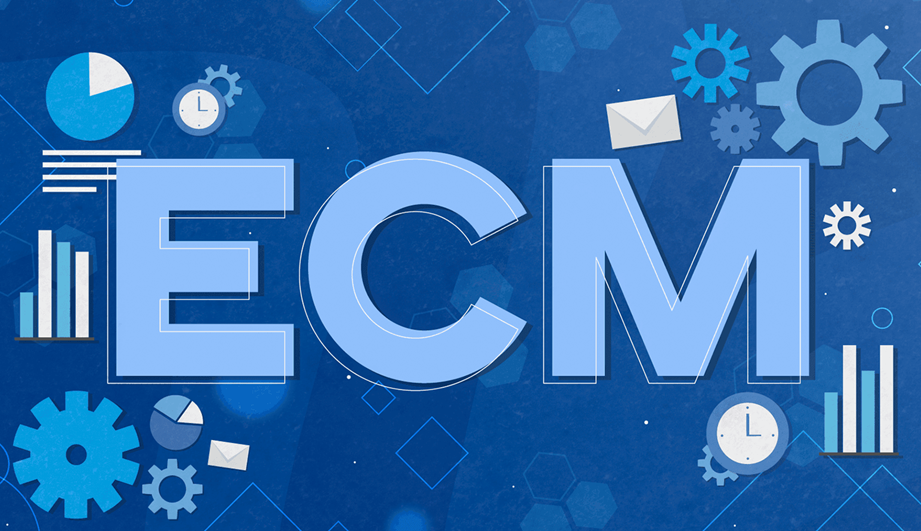
Status: Final Blueprint
Author: Shahab Al Yamin Chawdhury
Organization: Principal Architect & Consultant Group
Research Date: March 1, 2024
Version: 1.0
Part I: The Strategic Imperative of Modern Content Management
The management of enterprise content has evolved from a back-office archival function into a strategic driver of digital transformation. The market has shifted from traditional, monolithic Enterprise Content Management (ECM) systems to flexible Content Services Platforms (CSPs), and now to the era of Intelligent Content Automation. This modern paradigm is defined by the infusion of Artificial Intelligence (AI) to automate the understanding, processing, and governance of content at scale. The value is no longer measured by cost savings alone but by the orchestration of a “content value stream” that transforms raw data into a high-value asset.
A successful content strategy is built on four core principles:
- Governance: Establishing policies, roles, and controls to manage information as a corporate asset.
- Lifecycle Management: Systematically controlling content from creation to defensible disposition.
- Security: Protecting content from unauthorized access, modification, or destruction through a multi-layered, “Zero Trust” approach.
- Accessibility & Findability: Ensuring content can be easily found and utilized through a well-designed information architecture (taxonomy and metadata).
Key market trends shaping the 2025 landscape include the move toward composable, API-first architectures, the rise of hyperautomation enabled by low-code tools, the ascendancy of Generative AI, and the default to cloud-native platforms.
Part II: Vendor Landscape & Core Capabilities
The ECM market is led by a consistent group of vendors, but the “best” choice is highly context-dependent on the specific business use case.
- Market Leaders: Microsoft, Hyland, and OpenText are consistently recognized as leaders for their comprehensive capabilities and market presence.
- Major Players: Box, IBM, and M-Files are strong challengers with distinct strategic approaches.
- Niche Specialists: iManage and NetDocuments dominate the legal sector, while Laserfiche has a strong foothold in the mid-market.
Core Differentiating Philosophies:
- Microsoft: Deep, seamless integration within the M365 ecosystem, leveraging Copilot to make content management an invisible part of the daily workflow.
- Hyland: A comprehensive portfolio approach, offering specialized, best-of-breed solutions (OnBase, Alfresco, Nuxeo) under a single vendor umbrella.
- OpenText: An enterprise-grade backbone for complex organizations, focusing on deep integration with LoB applications like SAP through its Extended ECM (xECM) offerings.
- M-Files: A disruptive, metadata-driven approach that organizes content by “what it is, not where it’s stored,” enabling a unified view without data migration.
- Box: The premier secure, cloud-native platform for content collaboration, especially with external partners.
Key Capability Differentiators:
- Architecture: The market has moved from monolithic systems to API-first, microservices-based architectures that support composability. Headless and Hybrid-Headless content models are becoming standard for omnichannel experiences.
- Process Automation: Leading platforms offer intuitive, low-code/no-code workflow designers. Robust case management capabilities (a strength of Hyland and IBM) are critical for automating complex, unpredictable processes.
- AI & Cognitive Services: The battleground has shifted from basic document capture (IDP) to sophisticated Generative AI features for conversational search and content summarization. The most advanced platforms (Nuxeo, Microsoft) enable the training of custom AI models on an organization’s unique content for far higher accuracy.
Part III: Governance, Implementation, and Financials
GRC Blueprint: Security must assume a “Zero Trust” posture. Key capabilities include robust encryption (including Customer-Managed Keys), granular access controls, and Data Loss Prevention (DLP). For records management, the ability to apply retention policies to content in-place (federated governance) is a critical modern requirement. Independent certifications like SOC 2 Type 2, ISO 27001, and FedRAMP are non-negotiable for regulated industries.
Implementation Framework:
- Maturity Assessment: Organizations should first assess their current state on a five-level maturity model, from Level 1 (Ad-Hoc) to Level 5 (Intelligent).
- Phased Rollout: A “big bang” implementation is a recipe for failure. A phased approach (Strategy -> Design -> Pilot -> Rollout -> Optimization) reduces risk and builds momentum.
- Critical Success Factor: Project success is overwhelmingly dependent on organizational factors, not technical ones. The most common failure point is under-resourcing change management, user training, and stakeholder communication.
Financial Analysis (TCO & ROI):
- Total Cost of Ownership (TCO): A rigorous TCO analysis must look beyond the vendor price list to include all direct and indirect costs over 3-5 years, including internal labor, training, and migration.
- Return on Investment (ROI): The most significant ROI is consistently generated not from simple content consolidation, but from the fundamental transformation and automation of core business processes. Key KPIs include processing time reductions, operational cost savings, and compliance cost avoidance.
Part IV: Strategic Recommendations
The optimal platform choice depends on the organization’s context. The following archetypes provide a decision framework:
- The M365-Centric Enterprise: Microsoft SharePoint Premium is the logical choice, prioritizing seamless integration and user adoption.
- The Complex, Regulated Enterprise: OpenText, Hyland, or IBM are the best fit, with deep strengths in transactional process automation and compliance.
- The Secure Collaboration-First Enterprise: Box is a leading contender for its focus on agile, secure external collaboration.
- The Agnostic, Best-of-Breed Enterprise: M-Files is a compelling choice for its repository-agnostic, metadata-driven approach that avoids vendor lock-in.
To build a future-proof content ecosystem, enterprises must:
- Embrace a Governance-First Approach: Let strategy drive technology, not the other way around.
- Prioritize a Composable Mindset: Architect for future flexibility with open APIs.
- Invest Heavily in Change Management: The human element is the most critical success factor.
- Develop an AI-Ready Content Strategy: The value of future AI depends on the quality of today’s data. Establish strong metadata and taxonomy standards now.
Chat for Professional Consultancy Services
